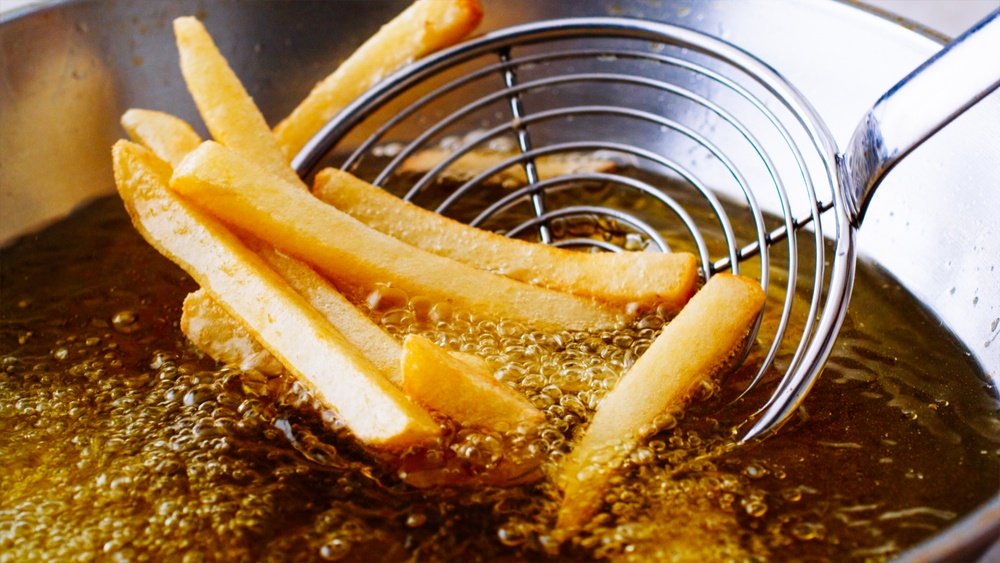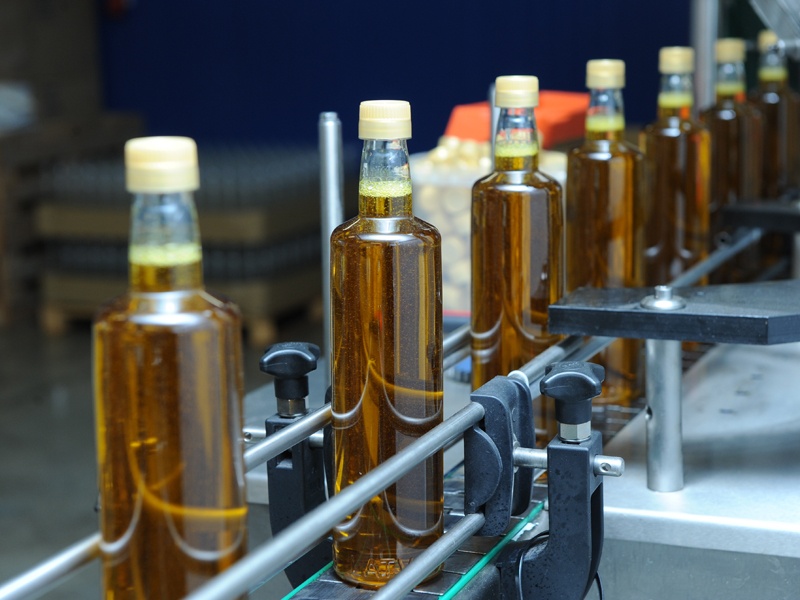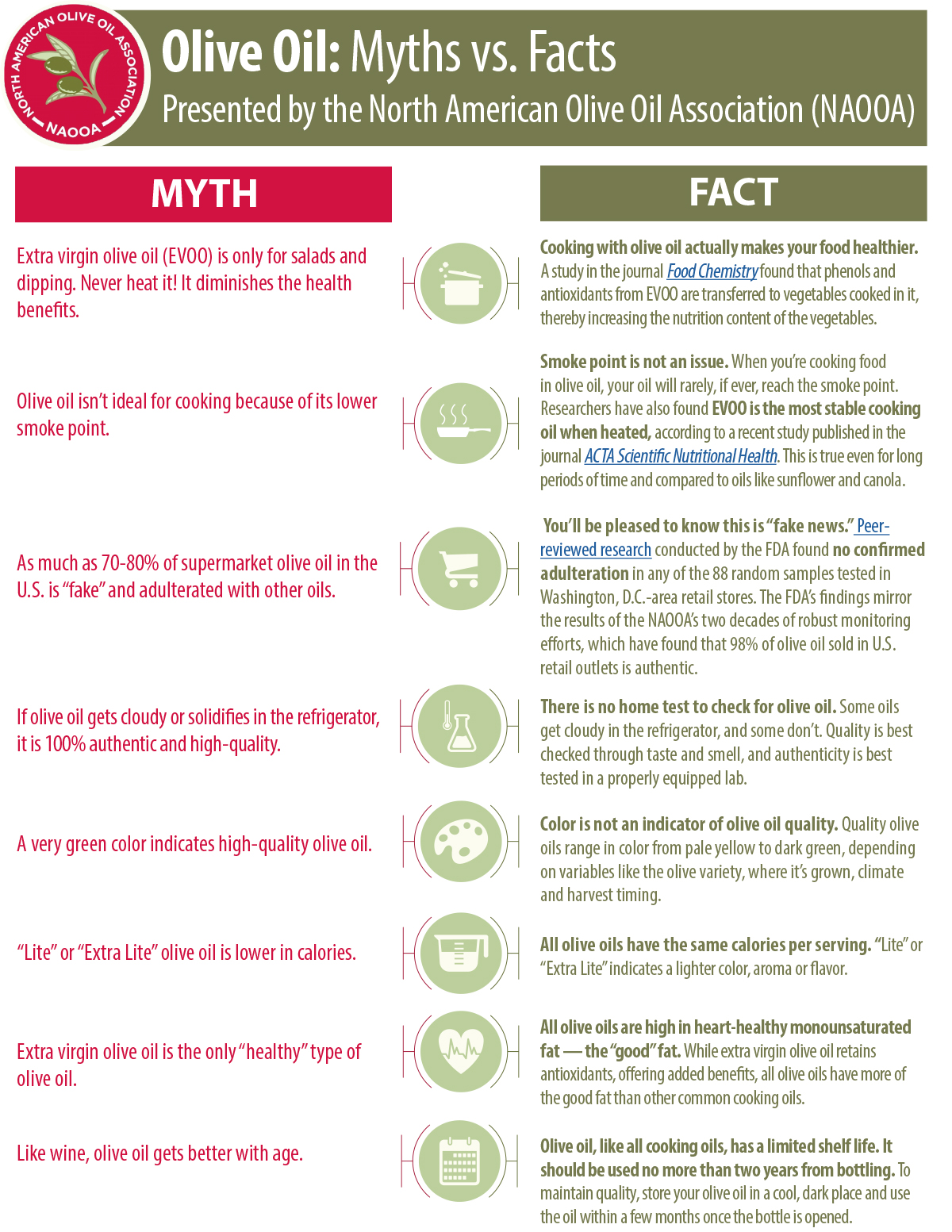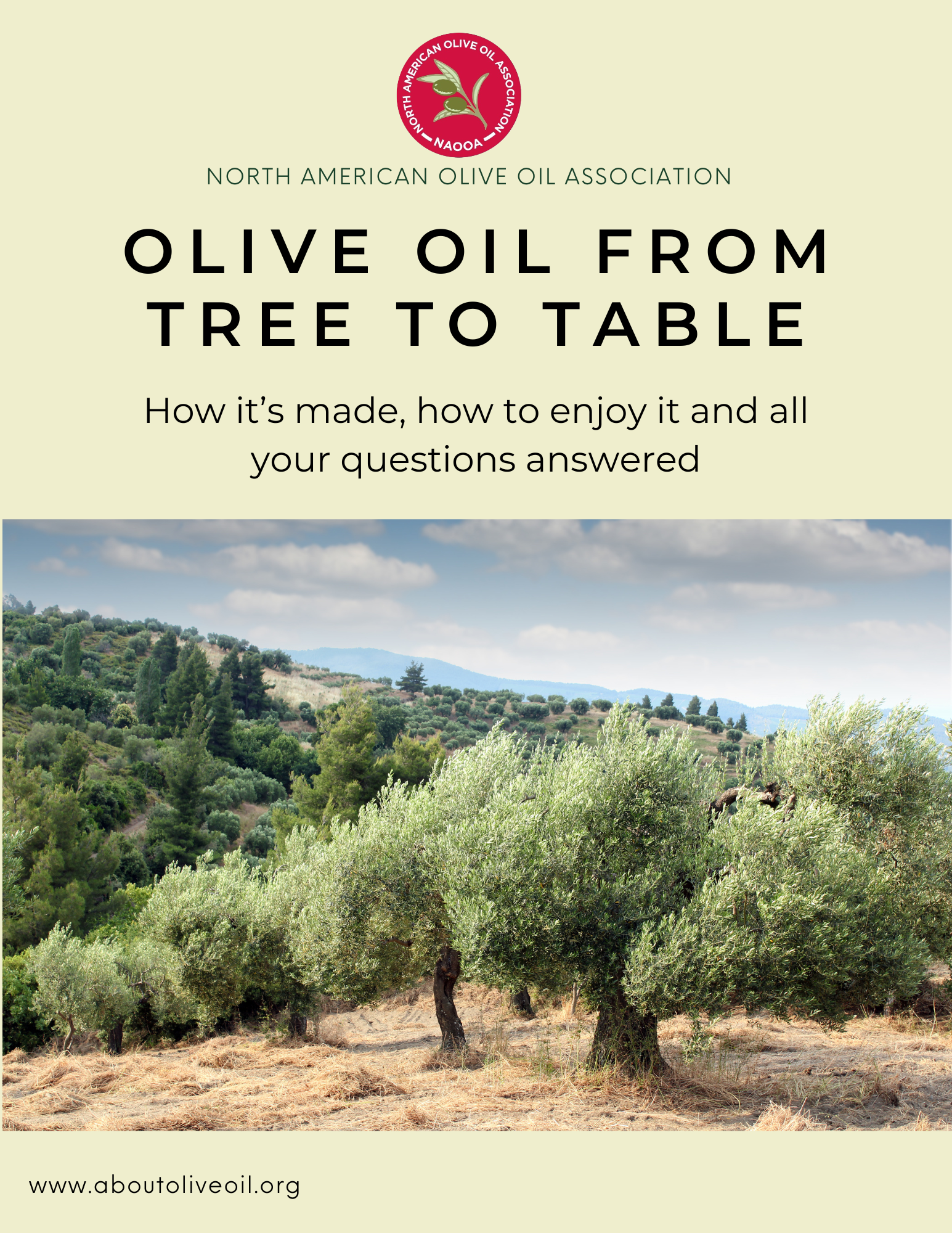The olive oil section of the supermarket can be a daunting place. There are often dozens of choices and lots of confusing terminology. How do you know what to pick? We are here to help you decide!

If you are standing in front of the olive oil section of a supermarket, you are there for one or two reasons (or both): you like the flavor of olive oil, and you know that olive oil is healthier than other oils. Olive oil has flavor and enhances the flavors of your food, which distinguishes it from other cooking oils like corn, canola, sunflower and vegetable oils in general all of which are heavily refined and have no flavor whatsoever. And as if flavor were not enough of a reason to choose olive oil, olive oil is also the cornerstone of the healthy Mediterranean diet. And while price is always a consideration when you shop, you also understand that value is more important than price.
In making cooking oil choices, it used to be that consumers were primarily encouraged to take into account how they were going to use the oil. Conventional wisdom had it that for higher temperature cooking, consumers should avoid natural unrefined "virgin" oils like extra virgin olive oil because industrially-produced oils (corn, canola, vegetable) had higher smoke points. Recent research has confirmed that smoke point is not a good indicator of an oil's oxidative stability, and that when compared against other refined cooking oils at high temperatures, extra virgin olive oil was the safest and most stable. Moreover, it has been recently shown that contrary to another mistaken belief, a substantial amount of the healthy properties in olive oil are retained during cooking, and in fact some are actually transferred to the food you are cooking.
So, you've made it to the olive oil section, and now you have to decide which olive oil will you choose. Since we now know that even extra virgin olive oil is suitable for cooking (as Mediterraneans have known for millennia), in choosing your olive oil, you should consider the same questions that brought you to the olive oil aisle in the first place: taste, health, and value.
Taste
If flavor brought you to the aisle, you need to know that all olive oils do not have the same flavor profile. The flavor of an olive oil can depend not only on aromatic compounds, but on the naturally-occurring polyphenols in the oil. Extra virgin olive oil, being completely unrefined, as a general rule will have more polyphenols and therefore more flavor. So if you are looking for full flavor, extra virgin is your choice.
The other choice on the shelf is simply called "olive oil." If the label of any oil you find in your supermarket shelf does not say "virgin" on it, then you can expect that it contains at least some refined oil; oils like canola, soybean and corn are generally 100% refined. When it comes to olive oil, for those who prefer a lighter flavor, producers mix neutral tasting refined olive oil with some virgin olive oil (usually around 20%) to give the oil some flavor and color. If the "olive oil" is called "light tasting," that means that the producer mixed in even less virgin olive oil.
While those are the general rules, it is important to consider that not all extra virgin olive oils are created equal. There are two "taste" rules for a virgin olive oil to be considered "extra virgin." First, extra virgin olive oils must be pristine in taste with no off-flavors at all. Second, the oil must have "some" fruitiness. This means that among extra virgin olive oils, you will find some with a slight fruitiness, and some that will knock your socks off. And sometimes it is not easy to know the difference. Some extra virgin labels may indicate whether the oil is "delicate" or "robust." Extra virgin olive oils that identify the varieties in the bottle may also be helpful: olive oil from arbequina olives, for instance, will be less flavorful than oil from coratina olives. Another indication may be price. Extra virgin olives oils tend to have higher polyphenol content when the olives are harvested early, before they are fully ripe. Early harvesting yields less oil, and therefore these flavorful oils will be more expensive to produce.
All that said, we recommend that you learn what flavor profiles you like in an olive oil by cracking the bottle open and tasting it as soon as you get it home. Think of it like biting off the end of a freshly-baked baguette before dinner.
Health
Fortunately, this is an easier issue to deal with. As a general rule: all olive oil is healthy, but the more flavor, the more health.
All olive oil, whether extra virgin or refined, has the same oleic acid and monounsaturated fat content, qualities on which the FDA has granted olive oil the right to use "heart-healthy" qualified health claims on olive oil labels. In addition, however, recent research has indicated that the naturally-occurring antioxidants and polyphenols that are unique to olive oil have an important role to play in the prevention and treatment of many other chronic diseases such as inflammation, diabetes, arthritis, cognitive function and cancer. And as noted above, it is these polyphenols that give olive oils their flavor. So the more flavor, the more polyphenols, and the more health benefits. (It is important to note here that there is no clear scientific understanding whether the health benefits increase proportionately to the amount of polyphenols. It may be that only a small amount may be enough to obtain health benefits.)
Value
To the general rule "all olive oils are healthy but the more flavor, the more health" you may also want to add "and the more the cost."
In considering the value proposition among olive oils, you should consider the importance of flavor and health. But in addition, here it become relevant to consider how you intend to use the oil. If flavor and health are paramount considerations for you, and you are looking for an oil to sauté veggies, fry eggs, roast vegetables, shallow fry, brown meat, etc., consider an economical extra virgin you can use everyday. If you are a recent olive oil convert and not yet familiar with olive oil flavors--or if you want to use the oil in baking and want a more neutral oil--you may want to opt for olive oil, or even light tasting olive oil choices. Either way, whether you are buying extra virgin or olive oil, we recommend that you buy a size that you will finish in a couple of months of opening.
If you are looking for an olive oil for the endless possibilities of raw uses, such as a dipping oil for bread, for finishing a soup, as a condiment for hummus, for a flavorful salad dressing, drizzling on mozzarella, etc., your choice is clearly going to be extra virgin olive oil. This is where you may decide to splurge...choose here based on your flavor preferences, and your budget.
Want to know more about how to buy a good olive oil? Read our tips.






